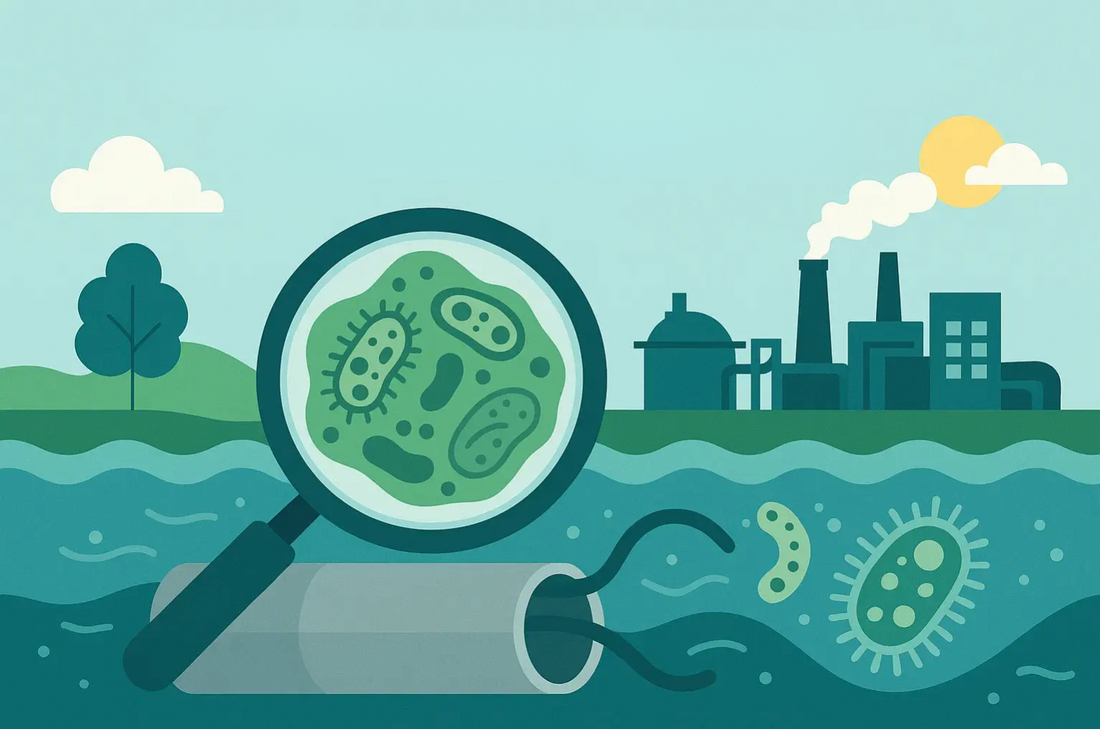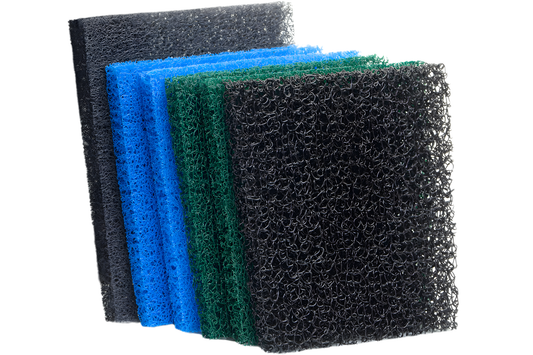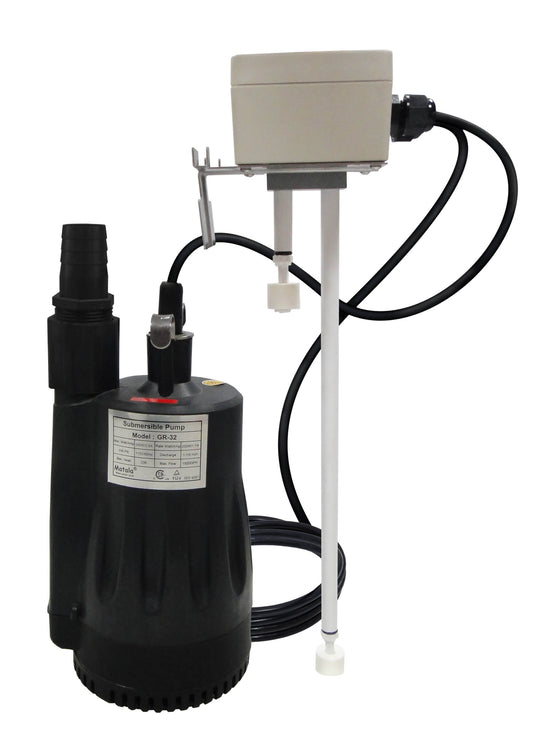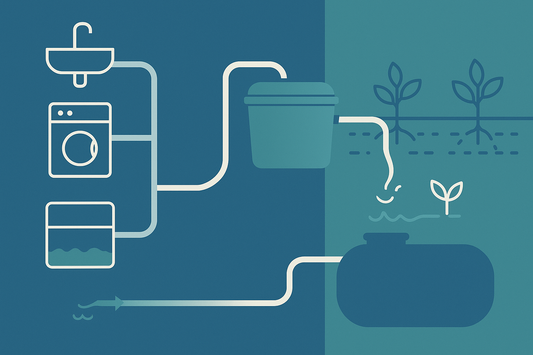
Why Biofilm-Based Greywater Systems are the Future of Sustainable Irrigation
Sam WilhoitClean water scarcity is a growing challenge worldwide. As droughts intensify and water restrictions tighten, homeowners, builders, and municipalities are rethinking how water flows through homes and landscapes. One major opportunity? Greywater reuse — reclaiming lightly used water from laundry, showers, and bathroom sinks for irrigation.
Traditional systems like laundry-to-landscape (L2L) setups simply divert that water straight to the soil. The problem is that this raw greywater carries soaps, surfactants, and lint that can slowly damage soil and irrigation systems. Modern, biofilm-based filtration systems, such as Aqua2use, use biological science to purify and stabilize greywater naturally, protecting plants and soil while conserving thousands of gallons of water every year.

The Science of Biofilm Filtration
In a biological greywater treatment system, microbes do the work. The Matala® filter media inside the Aqua2use provides a massive surface area where beneficial microorganisms form a thin, living layer known as a biofilm. As greywater passes through, this biofilm breaks down soaps, oils, surfactants, and organic matter. The process reduces biochemical oxygen demand (BOD), balances pH, and stabilizes the water before it enters the soil.
Unlike chemical or membrane filtration systems, biofilm filters are self-regulating and renewable. As the biofilm matures, it adapts to handle new loads, maintaining consistent water quality over time without needing harsh additives or replacements. For a deeper dive on biological treatment pathways, see this review of biological treatment of greywater and this narrative review on greywater reuse.

Research-Backed Environmental Benefits
1. Healthier Soil Structure
Untreated greywater can increase soil salinity, raise pH, and reduce infiltration. Biological filtration removes surfactants and balances chemistry, allowing soil enzymes to thrive. Studies show biofilm-treated water preserves permeability, supports microbial enzyme activity, and prevents salinity buildup — maintaining soil structure even in long-term reuse. See impacts of detergents on soils here and measured changes in soil enzymatic activity under domestic greywater irrigation here.
2. Better Plant Growth and Stability
Plants irrigated with biologically treated greywater perform as well as or better than those watered with fresh potable water. Researchers report higher leaf density, better color, and stable root systems under treated greywater irrigation. The mild nutrient content (like trace nitrogen and phosphorus) provides a natural fertilizer effect. For a broad comparison of source quality and suitability, see this comparison of household greywater sources vs. rain.
3. Reduced Emitter Clogging
Laundry-to-landscape systems discharge lint, residue, and oils directly into drip lines, which eventually clog emitters and compact soil. Aqua2use’s four-stage filtration removes debris before it reaches irrigation, keeping emitters clear and minimizing maintenance. See system-level design considerations and sustainability context in Sustainable Water Management: Greywater Reuse.
4. Natural Reduction of Heavy Metals and Organics
Biofilm systems can bind heavy metals like zinc, copper, and nickel to microbial surfaces, reducing their mobility and toxicity. This supports safer long-term irrigation and more stable soil chemistry. See mechanisms and removal efficiencies in heavy metal ion removal from wastewater. For detergent-related structural impacts (e.g., fibers and powders), see powder detergent water effects.
5. Sustainable and Compliant
Aqua2use’s treated greywater aligns with performance levels reported for WHO/Australian Class B irrigation (e.g., BOD < 50 mg/L; fecal coliform < 1000 CFU/100mL in comparable studies). Because it’s treated biologically and used subsurface, it stays compatible with most U.S. state greywater reuse codes. Each system can save up to 40,000 gallons of freshwater per year while reducing septic load by 50%. For broader sustainability and footprint analysis, see greywater footprints and sustainability and regional trends in greywater trends and management.
The Aqua2use Difference

The Aqua2use Greywater Diversion Device (GWDD) uses a progressive 4-stage Matala filtration system to combine mechanical and biological treatment:
- Stage 1 & 2: Capture lint, hair, and larger solids.
- Stage 3 & 4: Support dense biofilm growth that further purifies the water. See biological process detail in biological treatment of greywater and a high-level synthesis in this narrative review.
- Dual magnetic floats: Optimize flow and ensure full tank capacity before discharge.
The system requires no chemicals and only simple maintenance — rinse the filters every 4–6 months and replace them every few years. The result is clean, biologically conditioned water that can be safely reused for subsurface irrigation.


Beyond Conservation: Long-Term Ecological Value
When used correctly, greywater reuse is more than just a cost-saving measure. It’s a soil restoration and ecosystem health practice. Biofilm-treated water promotes soil respiration, improves organic matter content, and restores microbial balance, all of which support plant health and long-term water retention. See systems-level benefits and policy context in Sustainable Water Management: Greywater Reuse.
Municipalities benefit too. Each household that installs a system like Aqua2use helps reduce wastewater loads, extend treatment infrastructure, and strengthen drought resilience. For an comprehensive overview, see this study on greywater treatment technologies.
 FAQ
FAQ
Is kitchen sink or dishwasher water allowed in a greywater system?
No. Greywater systems like Aqua2use are for laundry, showers, and bathroom sinks only. Kitchen and dishwasher water contain fats, oils, food particles, and higher pathogen loads and must go to sewer or septic per most codes.
How often should Aqua2use filters be cleaned or replaced?
Rinse the Matala filter media every 4–6 months under a garden hose. Replace the media about every 3 years depending on use.
Does Aqua2use meet code for greywater reuse?
Aqua2use is designed for subsurface irrigation with an overflow to sewer or septic, aligning with typical state and local codes.
Should I choose a pump model or a gravity model?
Use the pump model when you need to pressurize lines, serve multiple zones, or overcome elevation. Use the gravity model when you have continuous fall to the irrigated zone and want a no-power setup.
What soaps and detergents are greywater-safe?
Choose biodegradable or biocompatible products and avoid chlorine bleach, boron/borate/borax, and sodium-based detergents.
What can I irrigate with treated greywater?
Subsurface irrigation is suitable for ornamentals, shrubs, turf, fruit trees, and many edibles when delivered below the surface. Avoid spray irrigation and ponding.
How does biofilm help with metals and organics?
Biofilm adsorbs metals (Zn, Cu, Ni) and metabolizes organics, lowering toxicity and improving irrigation safety.







